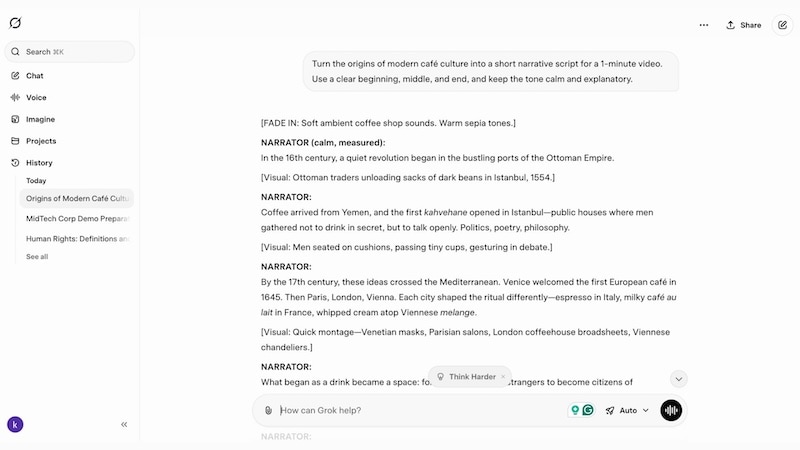In this article
Definition Section - What is Grok?
Grok is xAI's real-time AI assistant built to help users make sense of fast, constantly shifting information. Instead of relying only on static training data, it reads public activity from X in real time, which allows it to explain emerging topics, reactions, and discussions as they happen. This capability makes Grok appealing to users who need quick clarity on trends, public sentiment, and online conversations that move too quickly for traditional models to capture.
Many people wonder what Grok AI is and how Grok 3 and Grok 4 differ, since each version improves its reasoning and clarity. In the following sections, you will see how Grok works, what sets it apart, and where it delivers real value for everyday tasks.
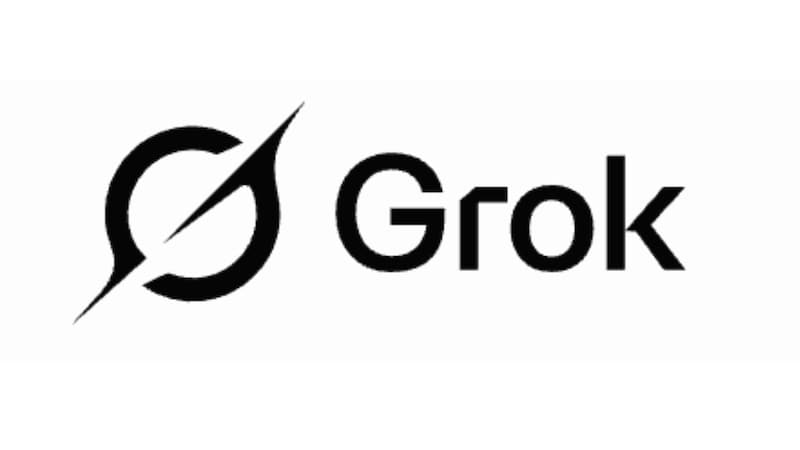
Grok is a conversational AI model developed by xAI, the company founded by Elon Musk to create systems that can understand the world with more depth and context. When people ask "what is Grok?" the short answer is that it is an advanced large language model designed to respond with real-time awareness.
One of Grok's key differences from typical AI assistants is its connection to the X platform. Unlike models that rely only on static datasets, Grok can access public posts and conversations in real time. This helps it deliver fresher insights on trending topics, public sentiment, and fast-moving discussions.
Key Features of Grok
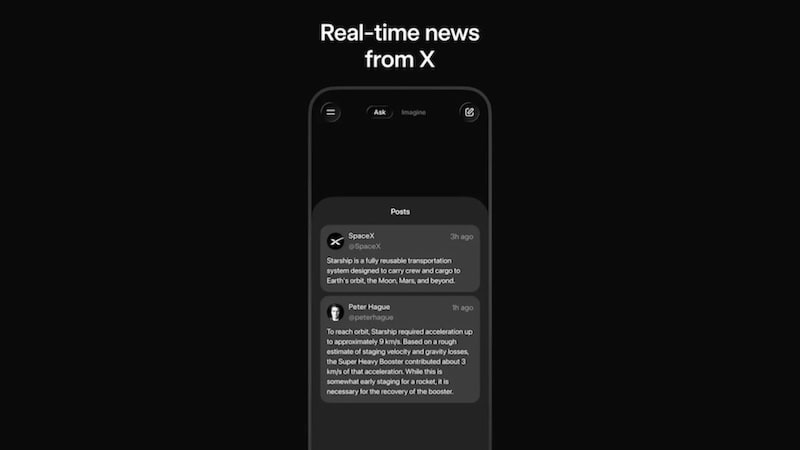
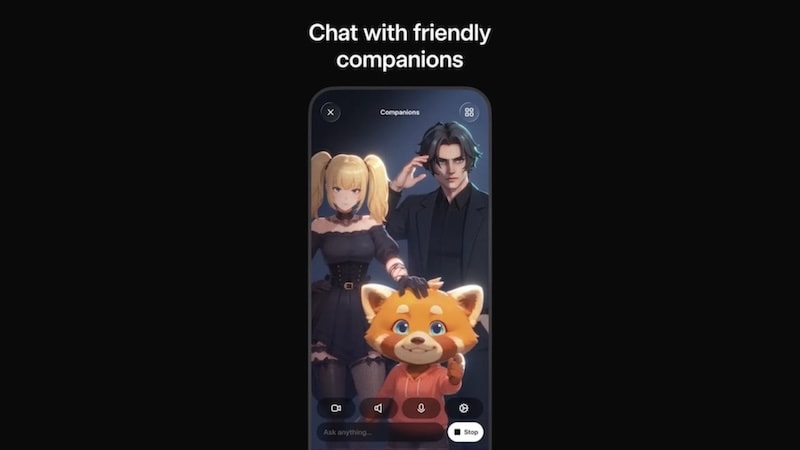

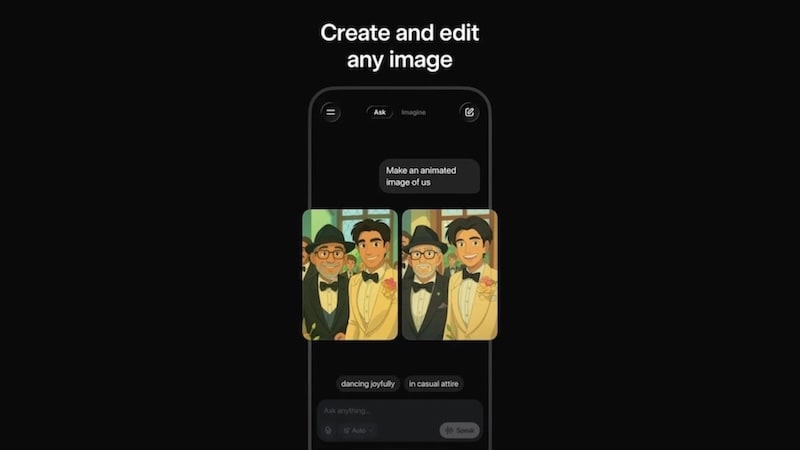
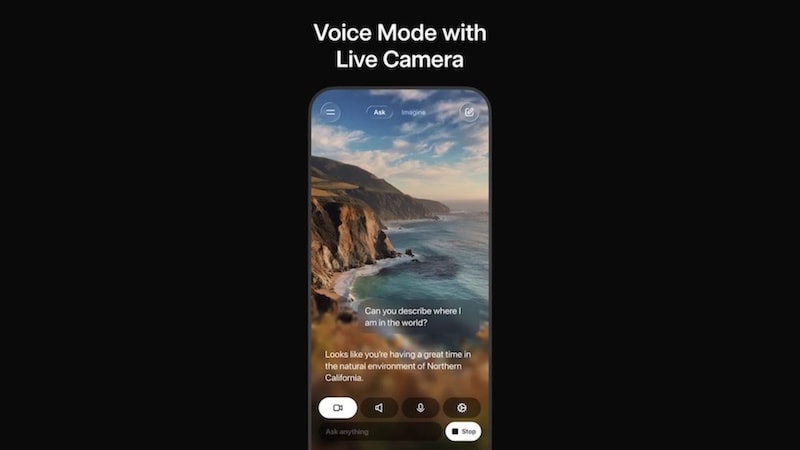
Grok's Technical Specification
Grok operates as a large language model (LLM) built by xAI to process language, interpret context, and generate real-time explanations. The model uses a mix of public datasets, curated web sources, and ongoing platform activity, which helps it produce answers that feel current instead of static.
The model itself evolves through version updates. Grok 3 and Grok 4 are the two versions most people encounter, each designed to refine accuracy, improve reasoning, and strengthen the quality of its conversational output.
Version Highlights


Application Section - What is Grok Used For?
Grok supports a wide range of everyday tasks by helping users understand what people are discussing online and why those conversations matter. Its real-time awareness makes it useful in different scenarios, depending on how and where users access it.
Where People Typically Access Grok
| Platform | What You Can Do There | Best For |
| grok.com (Web) | Full conversation view, longer reasoning, file uploads | Study, research, work sessions |
| X (Web & App) | Ask Grok directly from your feed, interpret trending topics | Understanding live discussions and real-time activity |
| Grok Mobile App (iOS/Android) | Voice chat, quick prompts while mobile | Fast clarifications, light research, and on-the-go learning |
| X Premium Sidebar | Quick clarifications while scrolling | Immediate insights while browsing posts or reacting to trends |
Real Usage Examples
- Creators Tracking What's Trending
- Students Simplifying Complex Topics
- Social Media Managers Understanding Public Tone
- Teams Turning Messy Discussions Into Clear Notes
Many creators rely on Grok to understand why a topic is gaining attention before turning it into commentary or short-form scripts. The model provides context and delivers a clear narrative, rather than presenting raw data.
Example Prompt: "Explain why #eLearning is trending today. Give me a 25-30 second script that sounds curious but not dramatic."
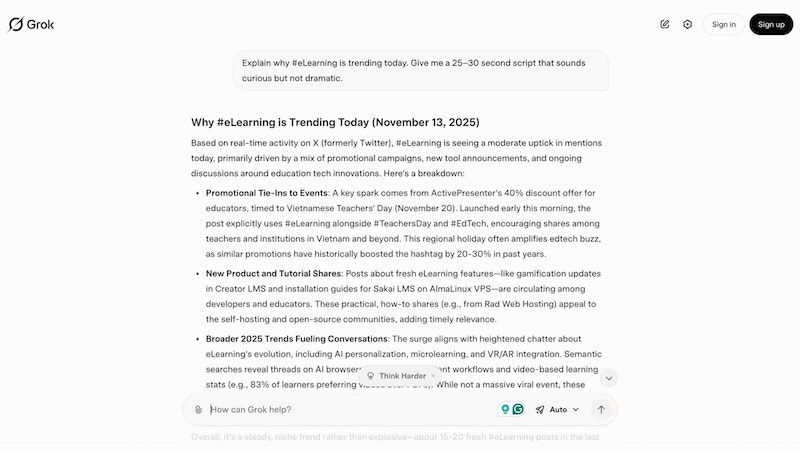
When academic material feels overwhelming, Grok helps highlight the essential points and explains them in clearer language. This supports students who need structured guidance while preparing for exams or presentations.
Example Prompt: "Break down the key differences between classical and operant conditioning in simple terms."
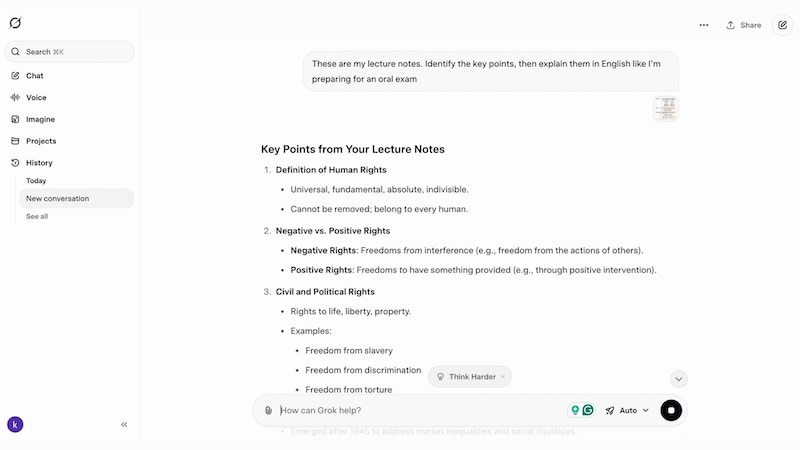
Grok can interpret how users are responding to policies, announcements, or events on X. This helps managers understand the broader tone of a discussion and adjust their messaging accordingly.
Example Prompt: "Analyze the sentiment around our latest product announcement on X and suggest how we should respond to the feedback."
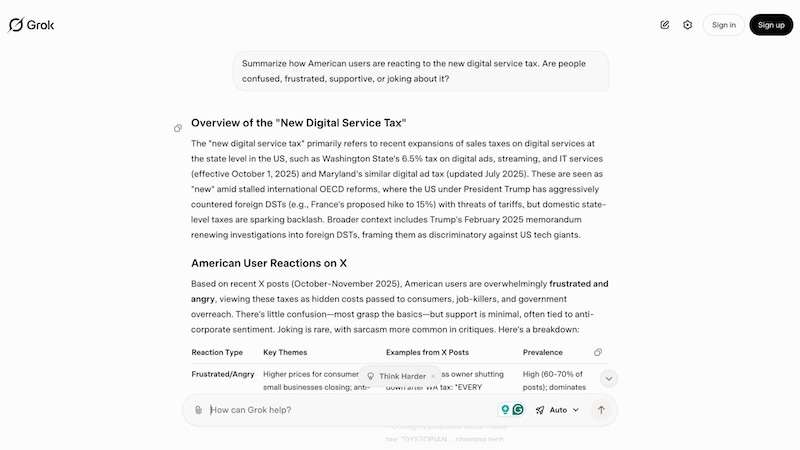
Teams often use Grok to condense lengthy internal conversations into concise summaries. The model outlines decisions, context, and next steps, making it easier for everyone to stay aligned.
Example Prompt: "Summarize the key decisions and action items from our team meeting about the Q3 marketing strategy."

For Power Users
| Feature | Example Prompt | Why It's Helpful |
| Web & X Search | "Find the latest discussion on AI copyright reform and summarize both arguments." | Provides quick context without manually searching through posts or articles |
| Image Understanding | (Upload image) "What brand and model is this? Suggest where to buy in Paris?" | Useful for practical recognition tasks and location-specific suggestions |
| Code Execution | "Run a quick data summary on this CSV and visualize monthly changes." | Helps with data analysis, quick testing, or early prototyping |
| Mixed Mode Workflows | "Summarize → Turn into a voiceover script → Translate to English." | Speeds up content pipelines by linking multiple steps into one prompt |
Limitations to Be Aware Of
Even with its real-time capabilities, Grok still has several limitations that users should keep in mind.
Though its real-time data is useful, important details should still be verified.
Grok performs best inside X, where it can tap into platform activity and ongoing discussions.
The model mainly produces text and does not create visual content.
Documentation, third-party tools, and community resources are still limited compared to more established AI ecosystems.
Grok's real-time access to online information can introduce compliance challenges, especially with strict regulations such as GDPR and HIPAA.
These considerations help set realistic expectations for what is Grok used for and highlight the situations where complementary tools may be necessary.
How to Use Grok for Video Creation With Filmora
Grok is effective for generating ideas, organizing information, and producing clear scripts. But creating a finished video still requires a professional editing tool. Wondershare Filmora supports this transition with several AI features, including AI Text-to-Video, which can convert written content into an initial visual sequence.
The feature arranges clips, layouts, and pacing based on the script. It allows creators to move from concept to production with less manual setup.
Step-by-Step Workflow
